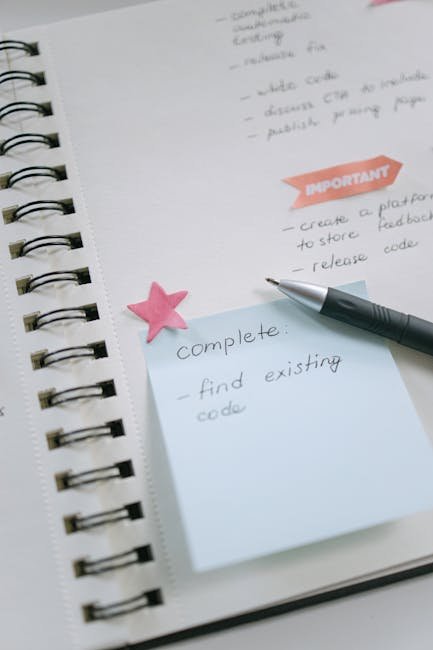Managing Remote Agile Teams: Best Practices
Welcome to the world of remote agile teams! Whether you’re a seasoned pro or new to managing remote teams, this guide is packed with actionable insights and best practices to help you succeed in a virtual environment. Let’s dive in! 🚀
Table of Contents
1. Understanding Agile
2. Communication is Key
3. Tools and Technologies
4. Nurturing a Collaborative Culture
5. Overcoming Challenges
6. Conclusion
7. FAQs
Understanding Agile 🤔
Before we jump into the specifics of managing remote teams, let’s refresh our understanding of Agile. At its core, Agile is about flexibility, efficiency, and collaboration. It emphasizes iterative progress, stakeholder engagement, and adaptability to change. When managing a remote team, these principles become even more crucial. Embracing Agile means being ready to pivot quickly and communicate effectively.
Communication is Key 💬
In a remote setting, communication can make or break your team’s success. Here are some tips to enhance communication:
1. Regular Check-ins: Schedule daily or weekly stand-up meetings to keep everyone aligned.
2. Use Video Calls: Seeing each other helps build trust and understanding, even from miles away.
3. Clear Documentation: Maintain comprehensive documentation of processes, decisions, and changes to avoid misunderstandings.
Tools and Technologies 🛠️
Equipping your team with the right tools can streamline workflows and enhance productivity. Consider these tools:
1. Project Management Software: Tools like Jira or Trello keep tasks organized and track progress efficiently.
2. Communication Platforms: Slack or Microsoft Teams facilitate instant messaging and file sharing.
3. Time Management Tools: Help team members stay focused with apps like Toggl or Clockify.
Nurturing a Collaborative Culture 🌟
Creating a strong team culture remotely requires intentional effort. Here’s how you can foster collaboration:
1. Virtual Team Building: Regularly schedule fun activities that promote bonding, like virtual coffee breaks or online games.
2. Encourage Feedback: Foster an open environment where team members feel comfortable sharing ideas and feedback.
3. Recognize Achievements: Celebrate successes and acknowledge contributions to keep morale high.
Overcoming Challenges 🚧
Remote Agile teams face unique challenges, but they’re surmountable with the right strategies:
1. Time Zone Differences: Use overlapping hours for meetings and rely on asynchronous communication where possible.
2. Distractions at Home: Encourage setting up a dedicated workspace and maintaining a consistent routine.
3. Ensuring Accountability: Set clear expectations and use tools to track progress and outcomes.
Conclusion 🎯
Managing remote Agile teams effectively requires a blend of strategic communication, the right tools, and a supportive culture. By embracing these best practices, you’ll be well-equipped to lead your team to success, no matter where they are in the world!
FAQs
Q: How can I ensure my remote team stays motivated?
A: Regular recognition of achievements, team-building activities, and open communication channels can keep the team motivated.
Q: What are some tools to manage remote Agile teams?
A: Tools like Jira, Slack, and Zoom are widely used for project management, communication, and virtual meetings.
Q: How do I handle time zone differences?
A: Utilize overlapping hours for important meetings and rely on asynchronous tools for continuous collaboration.
Q: How can I measure productivity in a remote setting?
A: Set clear goals, use project management tools to track progress, and conduct regular check-ins to assess productivity.
Remember, the key to success lies in adapting these best practices to fit your team’s unique dynamics. Happy managing! 😊













